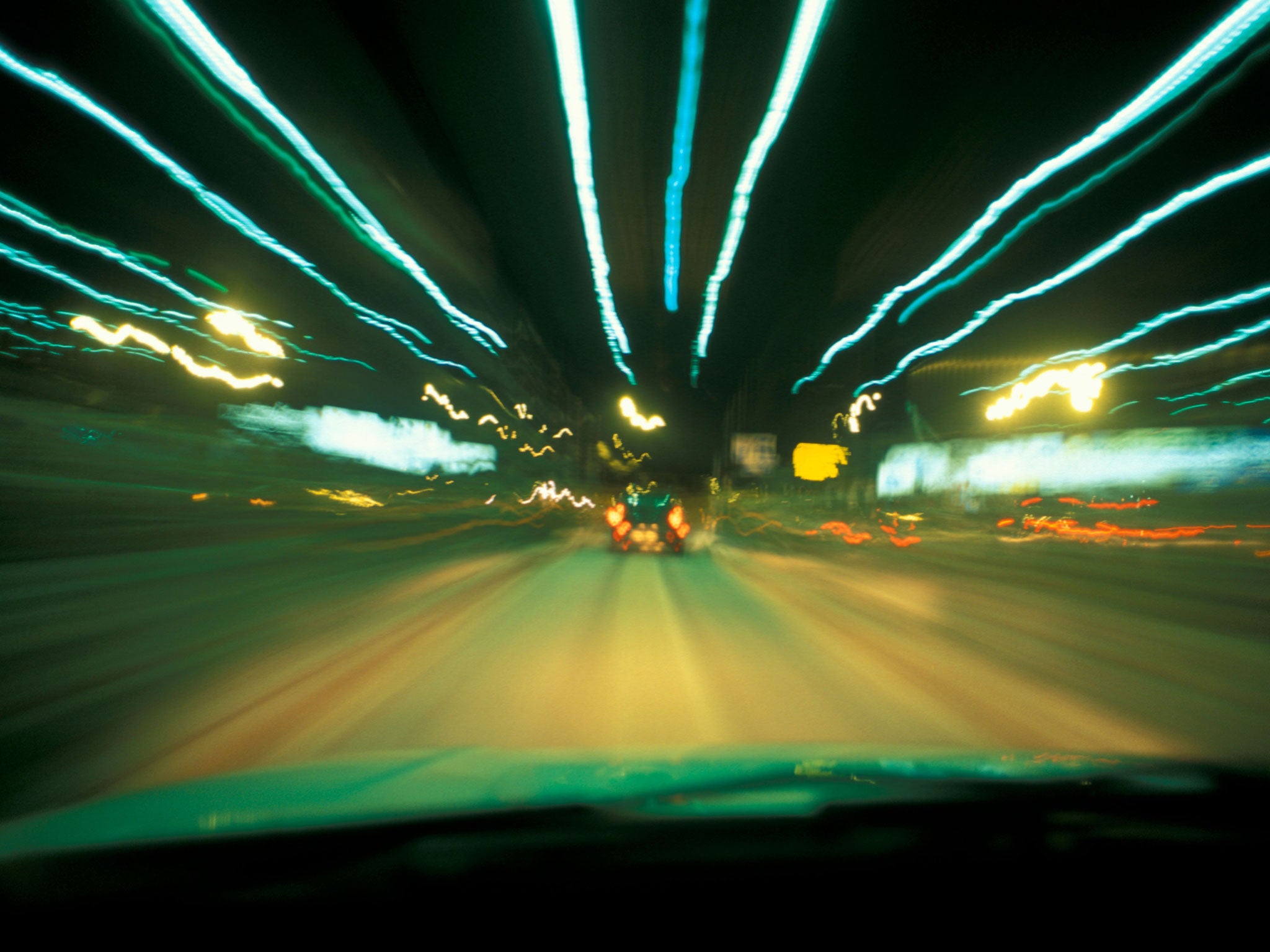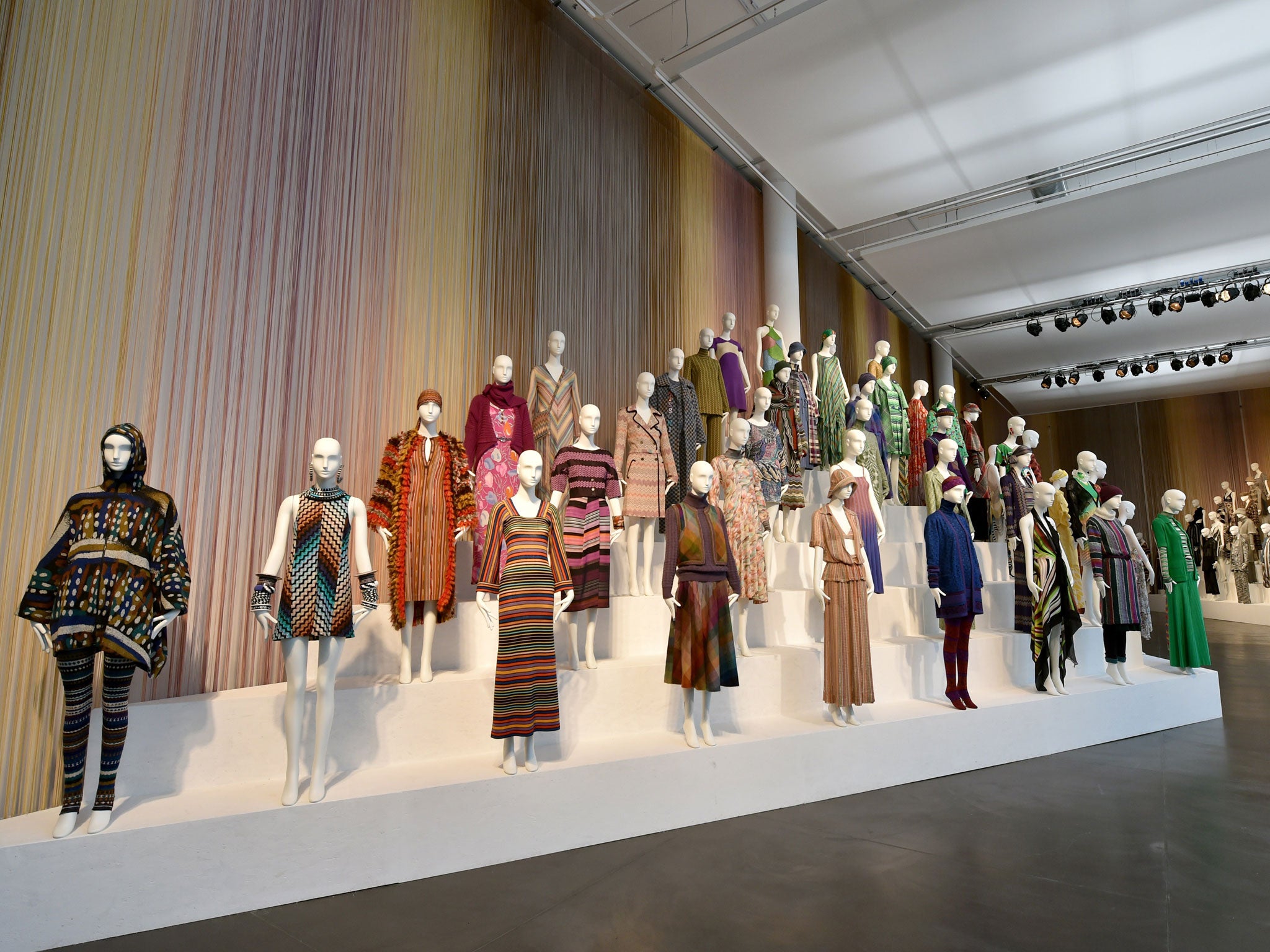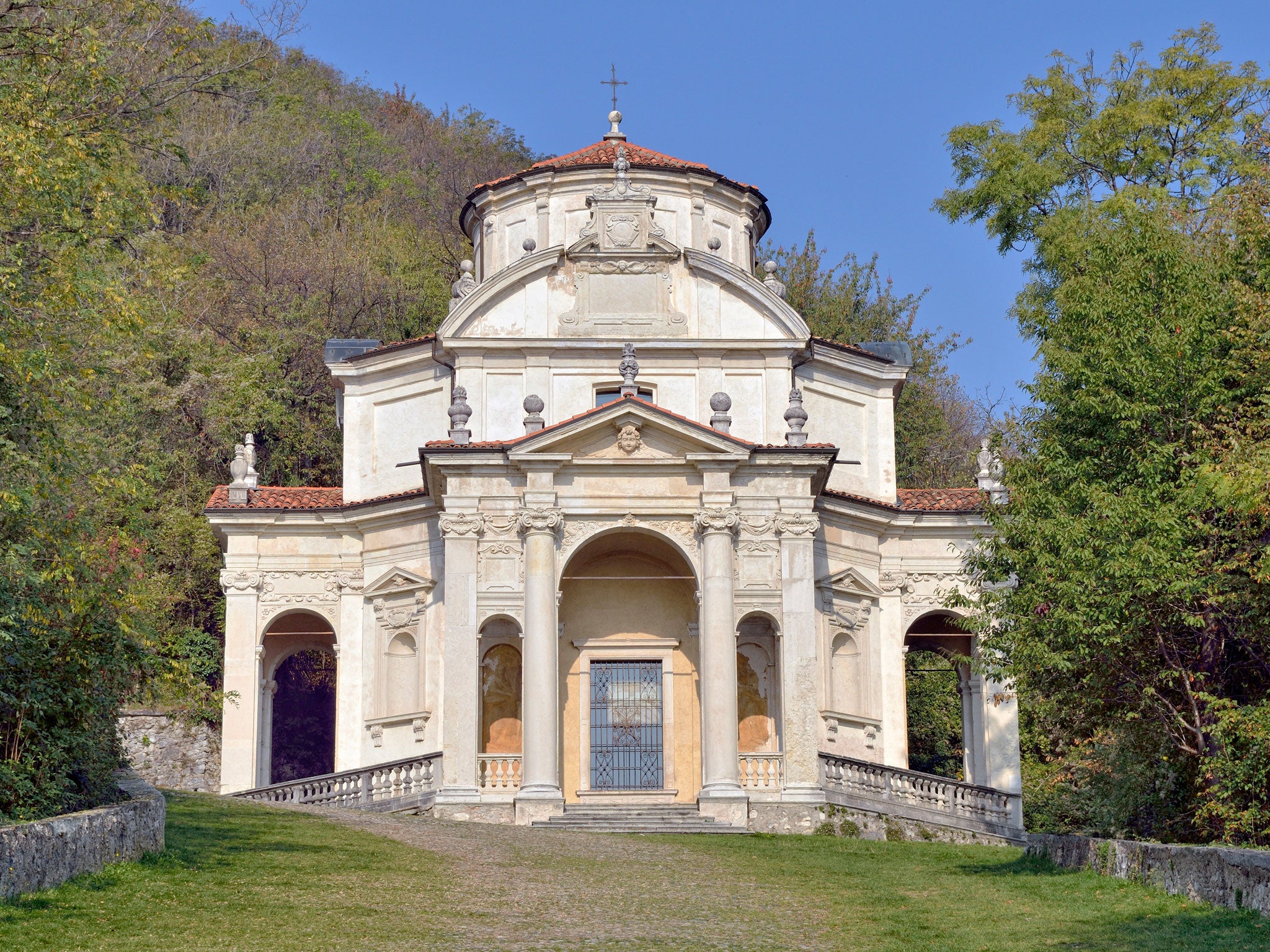The motorway that built Italy: Piero Puricelli's masterpiece is the focus of an unlikely pilgrimage
The purpose-built high-speed dual carriageway connects Milan and the region's lake district

Piero Puricelli was a proud man, never without a starched collar and a sharp suit. An early 20th-century engineer and entrepreneur, he had big dreams inspired by the rise of the motor car, which he invariably succeeded in turning into reality.
A purpose-built high-speed dual carriageway connecting Milan and the region's lake district, for motorised vehicles alone, is proof of his boldness of vision, for the plan came at a time when Italy had only 41,000 cars compared with Britain's 600,000. Puricelli delivered it in a mere 15 months. And when, 90 years ago, at the 5th International Road Congress in Milan, his autostrada was declared the first motorway in the world, the crowning achievement for a man known as "The King of the Roads".
That 42.6km stretch is now part of the Autostrada dei Laghi, which continues to form the backbone of Lombardy – the region in which I grew up – cutting a swathe through the heady convolutions of history, politics, religion, gastronomy and style. And today – although traffic has become more one-way as the young flee prospect-less provinces for Milan or the city's Malpensa airport, where, as I did, they can board one of countless flights to a new life – it offers as much insight into the country's conflicted psyche as it did in the days of its conception.
So while it might seem odd to uphold a stretch of tarmac as worthy of pilgrimage, to me this autostrada is a vital connection not only to my own roots – it literally transports me to them – but to those of the region, even Italy as a whole, where ancient foundations underpin modern aspirations, and a little brio can carry you far. Like the much hymned A1 that runs through England into Scotland, Italy's A8 is a still-unfolding romance, a place of soft lyricism as much as hard surfaces.
The original route begins somewhere around Lainate, an inconspicuous municipality north-west of Milan's centre, where Mussolini struck the ground with an axe, declared Puricelli's project under way, and co-opted its success for his fascist ideology.
"Is this the spot?" I wonder as the road slips by, the weight of history offset both by the unexpected beauty of its smooth silvery skin beneath an icy December sky, and my father's persistent offer of Fruitella (or "Opal Fruits" as he, a Mancunian-Italian, insists on calling them).

We're coming from the Alfa Romeo museum, a slick new exhibition space at the heart of old factory buildings, founded last year to celebrate a century of pioneering car design. And as we zip along ("Or was it here..?"), a sign reminds me that the Villa Litta, a surreal, Tuscan-inspired complex designed by Count Pirro I Visconti Borromeo in the late 1500s, lies just minutes away.
It's difficult to think of a sharper contrast to the museum's "Speed" exhibition – a breakneck tour of race-track achievements – than the Litta's delicate nymphaeum, a neo-classical network of grottoes and fountains designed by Martino Bassi (fresh from his work on Milan's Duomo cathedral). This is a region as nostalgic as it is forward-thinking.
Much to Alfa Romeo's chagrin, it was in the competitor's Lancia Trikappa that King Victor Emmanuel III, with Puricelli at the wheel, undertook the first journey to Varese, at that time the route's end. Big bands oompahed and flags lined the way. The carriageway, once hemmed by native flora, is now testimony to the workaday industry that helped to make this one of the richest regions in Europe, with factory after factory specialising in the mechanical minutiae on which the functioning of so many of our household appliances depends.
Though the motorcade didn't stop in Legnano, the city can make an unusual claim to grandeur, being the only one other than Rome to be mentioned in the country's national anthem, thanks to a historic battle, in 1176, in which the Lombard League trounced the Holy Roman Empire. The victory is celebrated with a pageant every year, though its modern significance has, to a degree, been usurped by the far-right Lega Nord party, for whom it is a model of regional pluck in the face of centralised government.

A sign giving the name in the local, Celtic-derived dialect – characterised by a combination of fussy diereses and bullish pronunciation which, for some reason, my school friends and I found hilarious ("Bügügià" was a favourite) – is one of the more visible, and innocuous, examples of the kind of reactionary federalism that the Lega champions. It is more likely that those taking the Legnano exit will be heading on a different kind of quest – to the smaller, industrial town of Parabiago, nicknamed the City of Shoes because of its plethora of luxury outlets.
But good shoes call for a fine frock, so it seems fitting that, not much further along the autostrada, the city of Gallarate awaits, famous for being the birthplace, in 1953, of the Missoni fashion house – as well as for almondy amaretti that are infinitely more complex, in taste and mythology, than their now ubiquitous cousins from Saronno. (I was amused to find, on moving to Leeds 10 years ago, that the latter played a more central role in British family celebrations, held in "the local Italian", than they ever had in my own.)
This year, Gallarate's modern-art gallery, the MAGA, is kicking off its own 50th birthday celebrations with an exhibition dedicated to the Missoni oeuvre. Here, you'll find an army of mannequins draped in the brand's distinctive, colourfully zigzagged fabrics – the tightness of the weave belying the loucheness that surrounded Missoni's 1967 debut, when the braless models' lamé blouses went see-through under the catwalk lights.
A world away, then, from the fifth-century nunnery that nestles among chestnut trees, 20 minutes along the autostrada at Castelseprio. But the monastery – part of a clutch of Unesco-protected buildings dotting this ancient Roman settlement and Lombard powerhouse of the Middle Ages – boasts frescoes as vivid as Missoni's knitwear. And its walls whisper of a scandal of their own, centred on the unfinished faces of three nuns pictured in the tower: having abandoned the holy order, their spirits are said to wander the grounds, groping in vain for a way back in.
It seems unlikely that Puricelli would have entertained such whimsy as he bore down on the final stretch to the city of Varese, set among hills lush with fruit and vegetables. Although the area then known as Milan's larder now specialises in harvests of a different sort – a European research centre for nuclear energy was established there in the 1950s – the Varesotto continues to produce some of the finest fresh cheeses in Lombardy, from sweet, creamy tomini to sharp, grassy caprino.

While the King was escorted straight back home, visitors today would do well to pack a picnic and drive a few kilometres beyond the city centre – if not to take in the eclectic modern art at the 18th-century Villa Panza (which includes works by the pioneers of California's Light and Space movement, Robert Irwin and James Turrell), then to test their knees, and their faith, on the steep cobbled track that leads up Sacro Monte. There, above pastel-hued art-deco villas commissioned by the weekending bourgeoisie, sits the 14th-century sanctuary of Santa Maria del Monte. Its piazza provides a view of what Puricelli's futurist contemporaries might have grandiloquently termed "the beauty of speed".
A lattice of autostrade, cast out from the original, now extends across the landscape. And it's on the far shores of Lake Varese, beyond Neolithic houses that testify to the region's first settlers, that you'll find Lomnago, the hilltop village where that vision was first distilled. By a strange irony, the pace of life at Puricelli's villa could now hardly be slower. It's been turned into a retirement home.
More ironic is that, in the same year that his autostrada was declared the first of its kind, the engineer was finessing plans for a trans-border motorway between Hamburg and Genoa – phase one of a grand plan to connect all of Europe. He unveiled preliminary designs in 1934, stating that "joined motorways are portals to peace". It would, however, take the Second World War and years of rebuilding to make that particular dream a reality.
Join our commenting forum
Join thought-provoking conversations, follow other Independent readers and see their replies
0Comments